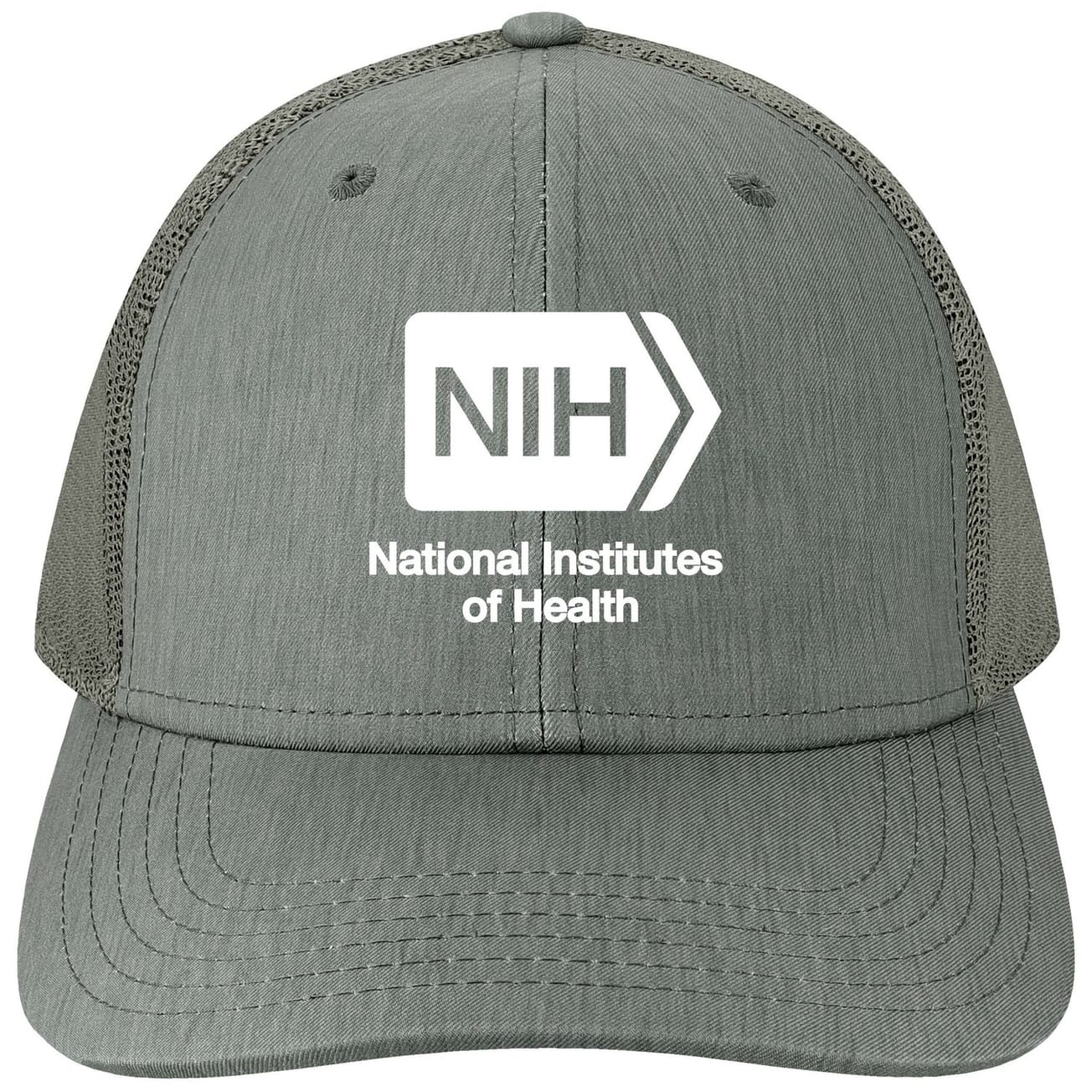This post was distilled from a talk that I gave at Schloss Dagstuhl's seminar 25831 "Open Scholarly Information Systems: Status Quo, Challenges, Opportunities". As the video recording mentions, the slides for the talk are openly shared at http://soc-n.us/250916-dagstuhl.
Many of us may be familiar with the Dagstuhl seminar series; a chance for the leadership of a particular area to meet and ponder important aspects of the field. In many cases, it helps to start with debate from controversial and polemic viewpoints. And so, for this seminar that I was invited to, I took one:
Hot Take: Open Scholarly Information Systems hinders genuine, creative research.
How can this be?
Open scholarly information systems (OSIS) enable accessible and reproducible research, persistent identifiers, fine-grained citation metrics and bibliometrics, and aid discoverability. These are all very favourable aspects of why we create information systems, but it overlooks a key challenge: that such advantages are not uniformly distributed.
All of the advantages outlined above accelerate fast research: research that is interoperable, easily measured and metric'ed. I make the analogy to Daniel Kahneman and Amos Tversky's System 1 nomenclature of cognitive sciences [1]: fast, automatic and intuitive. Preprinting, scholarly bibliometrics, open datasets and code lend more advantages to those who can afford the time and funds to play those games, an ens**tification of research [2]. OSISs like DBLP, Semantic Scholar, or Google Scholar help researchers and administrators in charge of scientific grants "find" scholars already publishing many works and leading teams at an ever-accelerating pace, leading to a rich-get-richer state of scholarly publishing. Indeed, the stress load of our OSISs comes partially by the exponential rise of automated AI agents querying and using grounded research data through our systems.
These advantages of accessible research come at the expense of slow research: again extending the analogy to Kahneman and Tversky's System 2: slow, controlled and analytical. Slow research requires going against the grain of being easily accessible, being more deliberate, creative and risk taking. Paradigm shifts à la Thomas Kuhn [3] in science require both the incremental forms of System 1 to accumulate data and errors, which can finally lead to a System 2 realisation of a new form of science.
With the age of AI, the acceleration of fast research is even more pronounced. The gradient of research is further promoted for accessible research that have the all the advantages of OSIS. Hence, the stress levels of "publish and perish" have been exacerbated and extended to graduate students and junior scholars pushing for preprinting early, to flag-plant before others.
The acceleration disfavors slow research: how can junior students take a risk going in directions not promulgated by open datasets, reproducible metrics, and leaderboards? How can senior scholars tell junior students to take such risks? Would it even be conscionable to do so?
The four horsemen of FAIR are "Findable", "Accessible", "Interoperable", and "Reproducible" [4]. Accessibility, Interoperability, and Reproducibility are parts of the FAIR principles in which AI assistance and automation are welcomed, as compliance is laborious, manual work. However, I argue that Findability, in the form of curation and discovery, needs human touch. It is this first step that defines our research taste and steers the direction of our knowledge development. This is the step that needs more deliberation and promotion of slow thinking and research.
We need to also promote slow research, fast. How? With some of the time saved by fast research getting faster. We have plenty of analogous lessons from other domains. One relevant one is perhaps not far from academia: the admissions office. University Admissions usually also want a diverse crowd that can benefit the community as a whole, hence do not admit students purely based on test scores, but also assess through stories and interviews. Living down the ens**tification imposed by metrics comes about through storytelling: in grant proposals, promotion cases and in our research publications.
Tell your stories*.
Disclaimer: I take this stance for the sake of argument and provoking our community's thoughts.
References
- Kahneman, D. (2011) Thinking Fast and Slow. Penguin Books Limited.
- Doctorow, C. (2025) Enshittification: Why Everything Suddenly Got Worse and What to Do About It. MCD.
- Kuhn, T. S. (1962) The structure of scientific revolutions. University of Chicago Press.
- Wilkinson, M., Dumontier, M., Aalbersberg, I. et al. The FAIR Guiding Principles for scientific data management and stewardship. Sci Data 3, 160018 (2016). https://doi.org/10.1038/sdata.2016.18
Copyright © 2025 Min-Yen Kan. Distributed under the terms of the Creative Commons Attribution 4.0 License.







